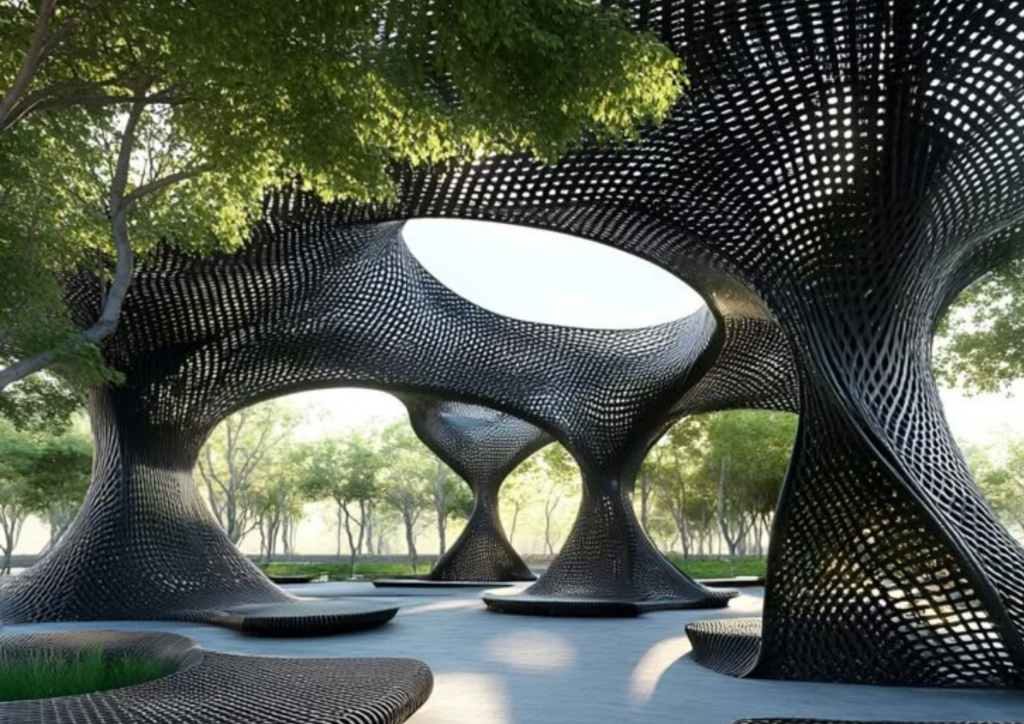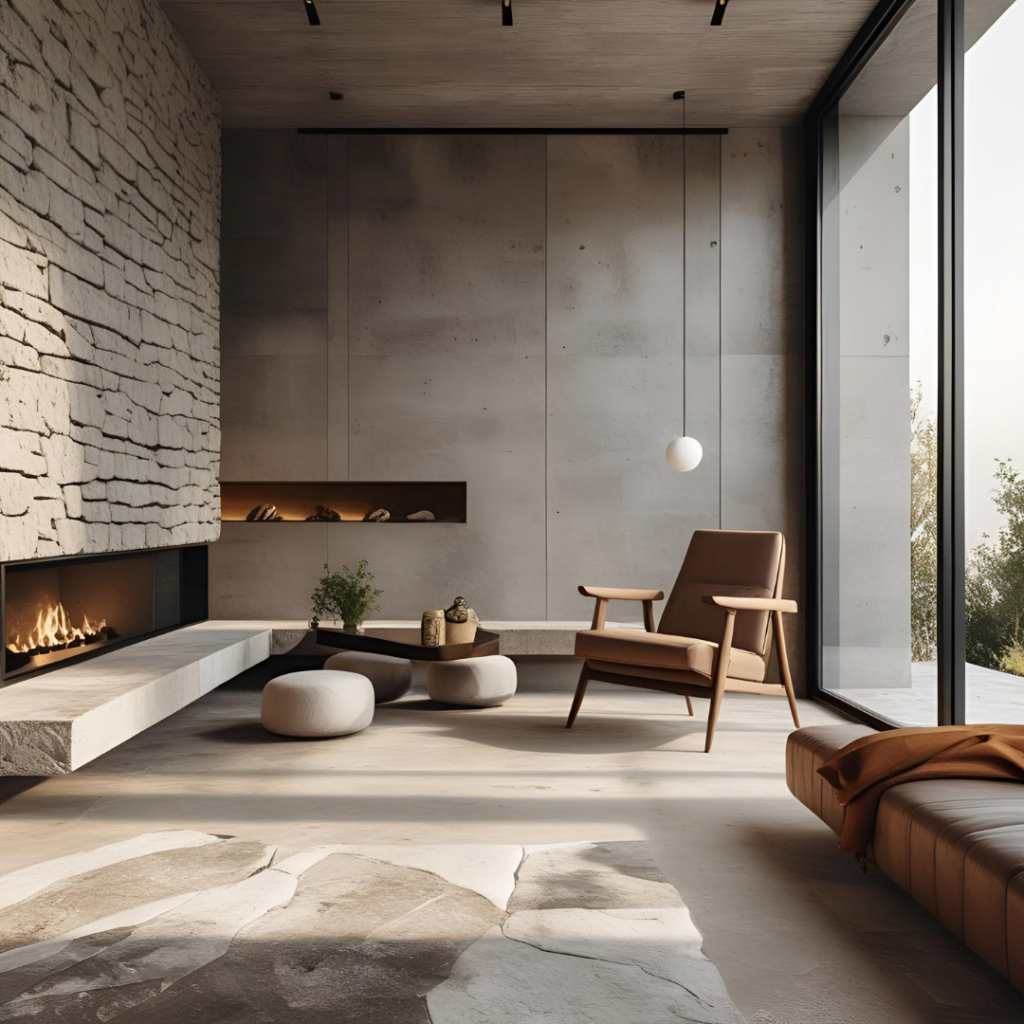Creating Spatial Depth Through Material and Texture
At Mısırlıoğlu Architecture, we believe architectural design is not solely defined by form and function, but also by the materials and textures that shape the spatial experience. The feel, texture, and quality of surfaces define the atmosphere of a space and create an emotional connection with the user. Each material used in a project carries not only aesthetic value but also psychological and functional significance.
Creating Sensation Through Texture
Texture is one of the most powerful tools in design to define a space’s sensory richness. Smooth, soft, rough, natural, or tactile surfaces evoke different emotional responses. For example, the raw texture of natural stone adds a sense of strength and authenticity, while glossy lacquered surfaces convey modern elegance. Mısırlıoğlu Architecture uses a controlled variety of textures in its projects, encouraging both visual and tactile engagement with the space.
The Spatial Impact of Natural Materials
Natural materials such as wood, stone, linen, and brick not only support sustainability but also create atmospheric depth. These textures bring warmth, intimacy, and a sense of character that matures over time. Their natural tones also blend seamlessly with other design elements. This makes natural materials essential in residential, office, and social spaces, helping complete the spirit of a space.
Creating Dynamism Through Contrasting Materials
Material contrasts bring dynamic balance to interiors. For instance, combining matte and glossy surfaces enables control of both light and depth. Blending concrete with wood or metal with fabric allows both industrial and cozy atmospheres to coexist. Mısırlıoğlu Architecture expertly balances such contrasts to invite users into multi-layered spatial experiences.
Visual Depth with Three-Dimensional Surfaces
Instead of flat walls, three-dimensional surface panels or custom-cut wood and ceramic designs add movement and volume to a space. The play of light and shadow across these surfaces creates evolving atmospheres throughout the day. This technique is especially impactful in reception areas, hotel lobbies, and retail spaces where first impressions matter.
Acoustic and Lighting Interactions in Material Selection
Surface materials influence not only the appearance but also the sound and light behavior of a space. Acoustic panels, sound-absorbing fabric coverings, and matte stone surfaces enhance silence, while glossy ceramics, glass, and metal details reflect light to make spaces feel brighter and more open. Thus, material selection plays a critical role in both aesthetics and spatial performance.
Material Quality for Timeless Design
Mısırlıoğlu Architecture prioritizes not only visual appeal but also durability and ease of maintenance when selecting materials. In high-traffic areas, scratch- and impact-resistant finishes are preferred, while UV-resistant surfaces are used outdoors. This ensures the long-term aesthetic and functional value of the space, even years after completion.
Conclusion
The identity of a space emerges not only from its architectural form but also from the materials and textures that surround it. The selection of texture, material, and surface determines a space’s character, function, and emotional impact. Mısırlıoğlu Architecture integrates the language of material into its spatial storytelling, creating immersive, touchable, and living environments in every project. This approach transforms architecture into a sensory experience that is not only seen—but felt.






Henüz yorum yapılmamış, sesinizi aşağıya ekleyin!